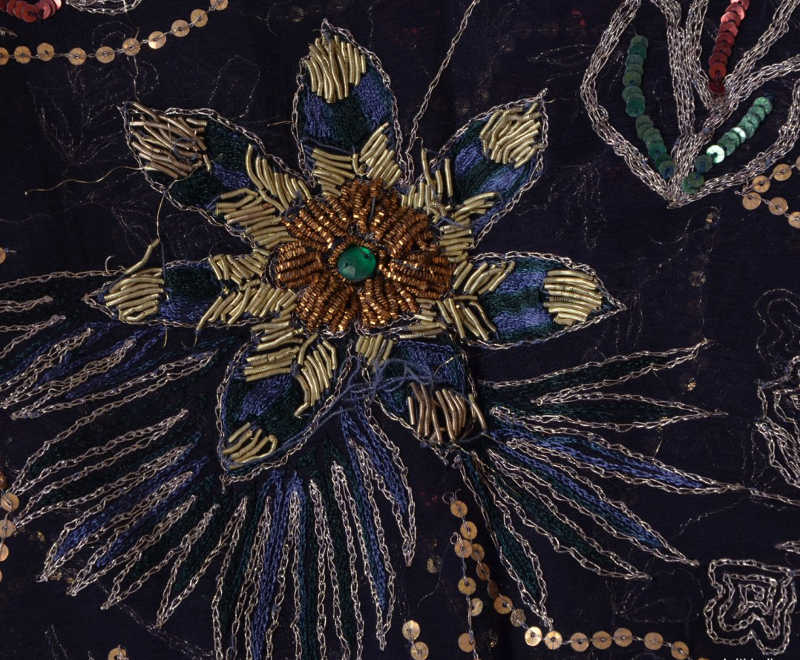===
0757,
3
===

=== |
 |
ṣaḥn : 'A court, court-yard, area, square; a level or plain tract (of ground); a lawn'. (Platts p.743)
gul-e māh-tāb : 'The shadow falling in moonlight from the leaves of trees; a rose blooming at night (in India)'. (Steingass p.1093)
shigūfah : 'A bud, blossom; flower; (colloq.) a fabrication'. (Platts p.732)
shigūfah lānā : 'To bud, blossom; to put forth young shoots; —to produce something new and wonderful'. (Platts p.732)
FWP:
SETS == IDIOMS
MOTIFS
NAMES
TERMS == WORDPLAYFor discussion of textual problems in this ghazal, see {757,1}. I have used the text as given in the kulliyat.
In this verse the wordplay is so heavily based on interlocking idioms that it's hard for non-native speakers to experience its charms to the fullest.
A personal anecdote: The nature of this verse reminds me that once many years ago in Karachi I was asked by a friend's father whether I preferred Mir or Ghalib. I chose Ghalib. He explained somewhat condescendingly that my choice was inevitable, because I was a foreigner. Foreigners, he said, always preferred Ghalib, because they could enjoy how he was twisting and torturing the language. But in the case of Mir, foreigners could never be deeply enough steeped in the actual idioms of colloquial speech to appreciate Mir's achievement. He then smiled pityingly at me (because I could never experience the superior glories of Mir), and I smiled pityingly at him (because he had no idea of the superior glories of Ghalib). Really all that can be said is that we are lucky to have them both, since juxtaposing selected verses of theirs is one of the most riveting, mind-stretching, and unpredictably thrilling activities possible in the glorious world of the Urdu ghazal.